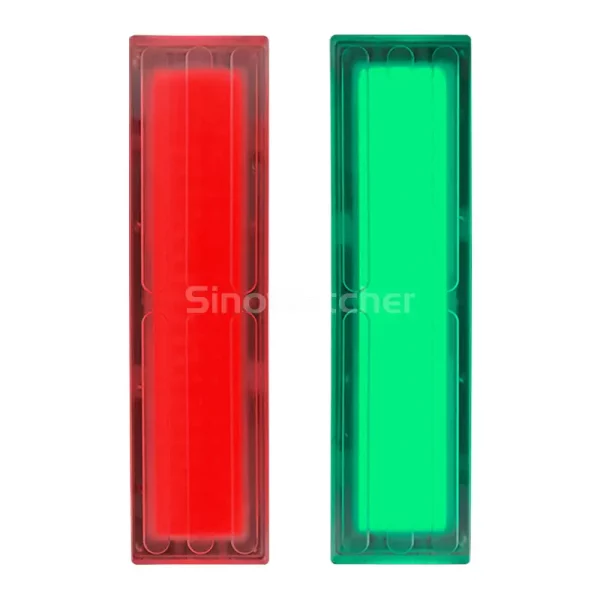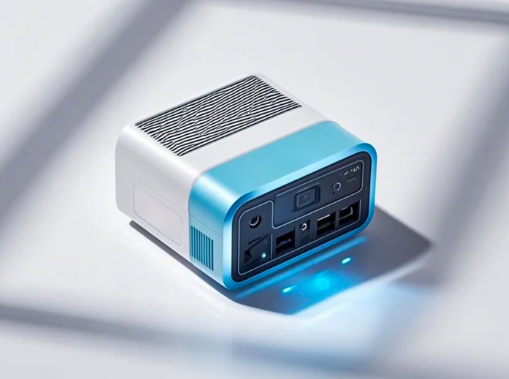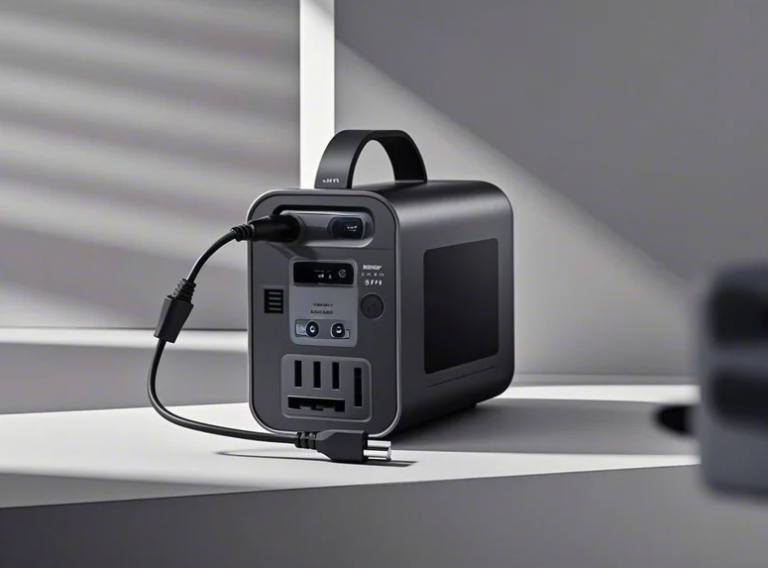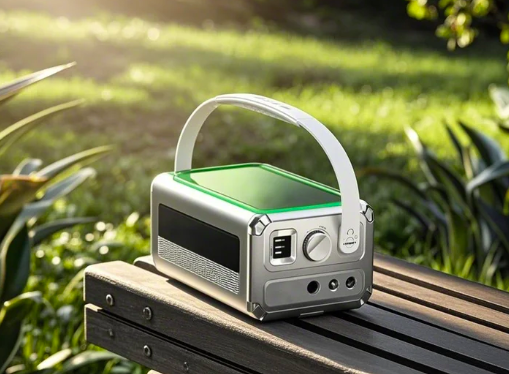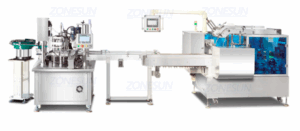Table of Contents
To communicate with a reader wirelessly, contactless smart cards use radio frequency identification (RFID) technology. A chip is connected to a copper or aluminum antenna, which is then laminated inside the PVC card body. RFID PVC Cards are widely utilized in transportation, retail, payment, hotels, access control, and identity, all of which demand secure and quick transactions.
RFID is a productive and convenience-enhancing technology that is currently being integrated into many aspects of life. RFID is adaptable, with a wide range of standards and tokens to choose from, allowing it to be fitted to any application. Additional advantages of the technique include cheaper retention costs and a longer product lifespan.
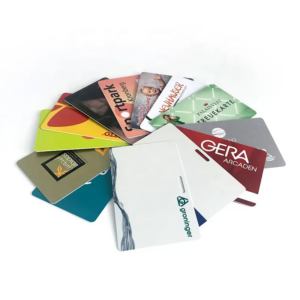
RFID PVC Cards
RFID cards are plastic cards that have an embedded integrated circuit (IC) that wirelessly transmits data via radio waves, usually in one direction. The radio frequency is read by an RFID system, which consists of a transceiver, transponder, and antenna.
Contactless smart cards range in security and memory, from basic memory cards to high-security processor cards to Java / Native operating system (OS) cards. We use PVC and PET materials to make the smallest ISO contactless smart cards possible.
PVC (Polyvinyl Chloride) is a tough plastic substance used in RFID PVC card printing. PVC cards are widely regarded as the finest option for generating RFID cards because of their durability and flexibility. You’ll have no trouble printing all the text, images, and graphics you require for the company’s security.
Hybrid Technology RFID Cards
High Frequency (HF), Low Frequency (LF), and Ultra High Frequency (UHF) technologies can be used to execute multiple functionalities on a custom RFID PVC card. A dual-frequency trip card with an Impinj Monza 4 UHF chip, for example, can release barriers from afar to relieve passenger congestion, while the NXP Mifare DESFire EV3 4k HF chip can be used to pay for fares. This hybrid solution will improve the experience of your RFID card consumers.
RFID PVC Materials & Technology
Using RFID and NFC, several businesses join hands with corporate and technology to give long-term proximity, identification, and traceability. RFID PVC card’s technology offers touchless CX and powerful data capture, transforming everyday activities and things into rapid data collection points that increase revenue by streamlining corporate procedures.
The tag conveys digital data back to the reader when activated by an electromagnetic interrogation pulse from a nearby RFID reader device. Which is usually an identifying inventory number. This number can be used to keep inventory items organized.
Printing Of Custom PVC Cards
Sensors, electrodes, flexible electronics, microfluidic, photomask, solar, OLED, thin-film, and RFID circuits can all benefit from microplotters, which can print new materials as small as 10 um. This printing method is useful for rapid prototyping and research into printed circuits.
The chemical coating on the RFID PVC cards offers your card a one-of-a-kind appearance. It helps the ink dry quickly after printing, preventing it from spreading or floating on the card’s surface.
0


